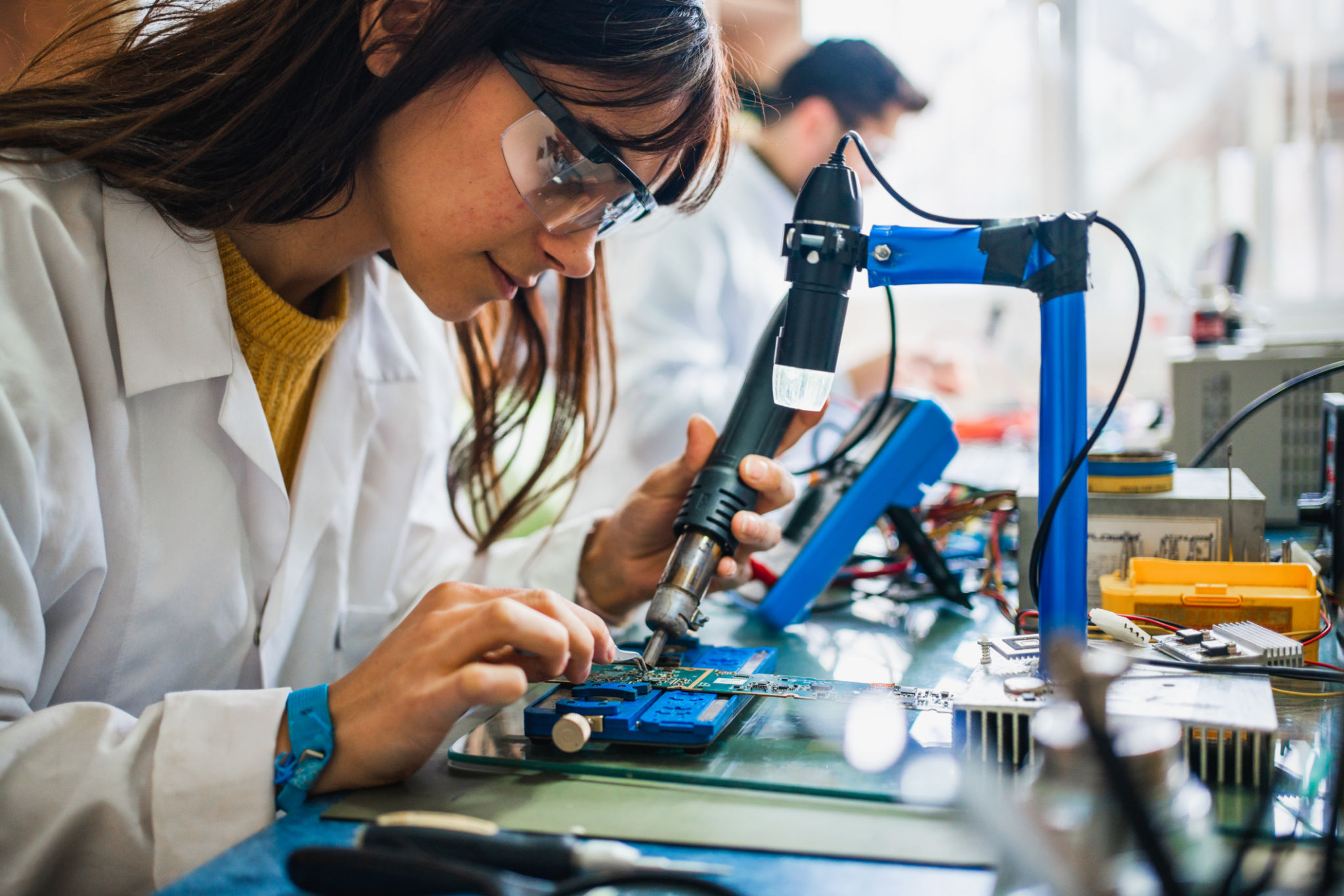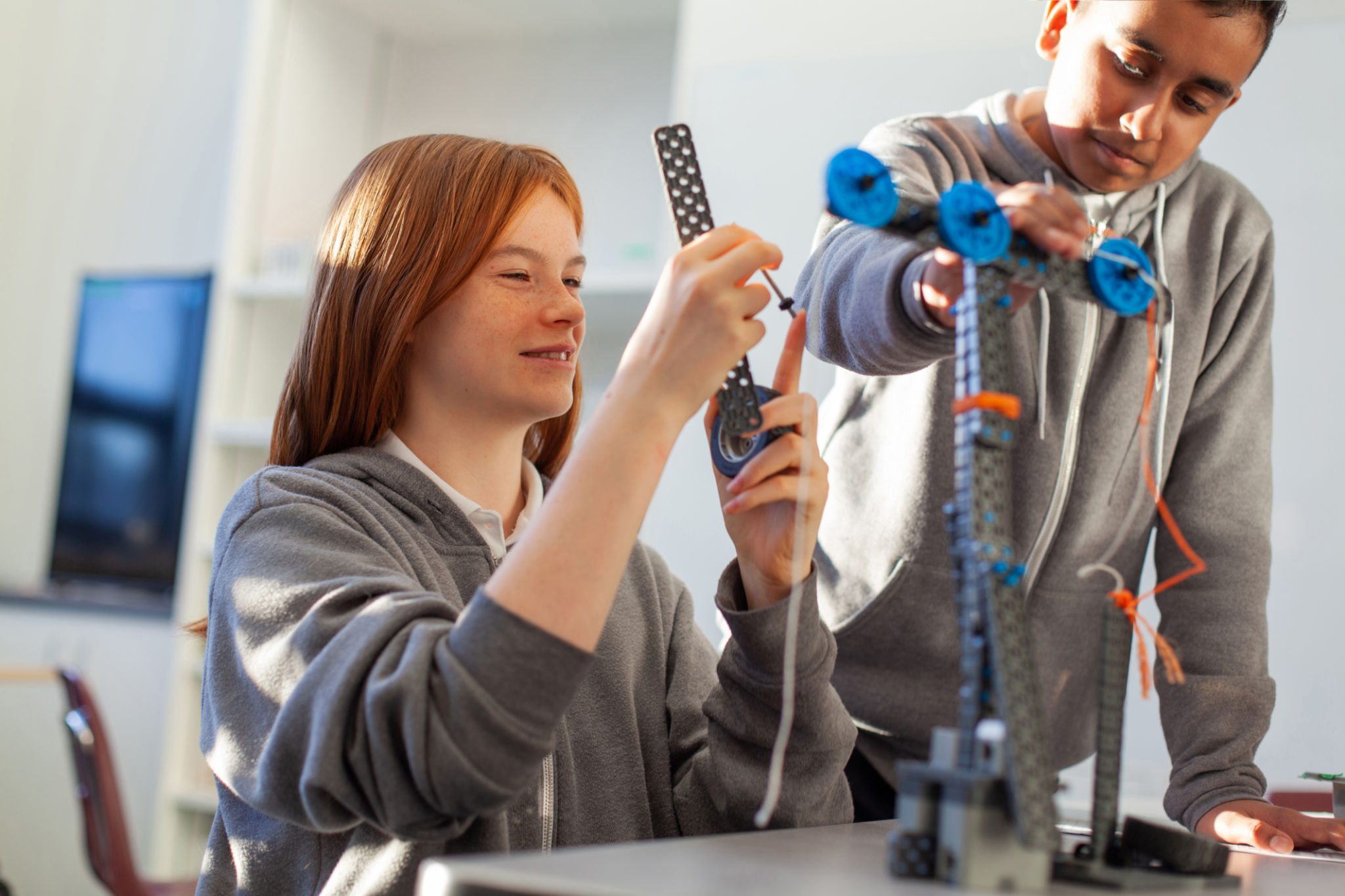Top Benefits of Integrating Robotics in the Classroom
Enhancing Engagement and Motivation
Integrating robotics in the classroom is a powerful way to enhance student engagement and motivation. Robotics introduces a hands-on learning experience that captivates students' attention and fosters a love for learning. The interactive nature of robotics encourages students to actively participate, experiment, and problem-solve, leading to a deeper understanding of complex concepts.
Through robotics, students can see the real-world applications of their studies, making lessons more relevant and exciting. This relevance often translates into increased motivation, as students are more likely to invest time and effort into learning when they can see the practical benefits of their education.

Developing Critical Thinking and Problem-Solving Skills
One of the most significant benefits of robotics in education is its ability to develop critical thinking and problem-solving skills. Students are tasked with designing, building, and programming robots, which requires them to think logically and creatively. This process helps them develop the ability to analyze problems, identify solutions, and implement strategies effectively.
By working on robotics projects, students learn to approach challenges methodically, testing different hypotheses and learning from their mistakes. This iterative process is crucial for developing resilience and a growth mindset, essential skills in both academic and real-world settings.
Encouraging Collaboration and Teamwork
Robotics projects often require students to work in teams, fostering collaboration and teamwork. As students collaborate to design and implement their robotic solutions, they learn to communicate effectively, delegate tasks, and leverage each team member's strengths. These experiences build essential interpersonal skills that are vital in today's globalized workforce.
Team-based robotics projects also teach students about the importance of diversity and inclusion. Working with peers from different backgrounds and perspectives can lead to more innovative solutions and a greater appreciation for varied viewpoints.

Bridging the Gap Between Theory and Practice
Robotics serves as an excellent bridge between theoretical knowledge and practical application. Students often struggle to connect abstract concepts learned in textbooks to real-world situations. Robotics provides a tangible platform for students to apply theoretical concepts, helping them understand how these ideas function in practice.
This hands-on experience reinforces learning and enables students to retain information more effectively. By seeing theory come to life through robotics, students gain a more comprehensive understanding of their subjects.
Preparing Students for Future Careers
With technology constantly evolving, the integration of robotics in education is crucial for preparing students for future careers. Robotics equips students with valuable technical skills that are increasingly in demand across various industries. By gaining experience with robotics in the classroom, students are better prepared for careers in fields such as engineering, computer science, and technology.

Furthermore, robotics education helps students develop soft skills like adaptability and innovation, which are highly valued by employers. As automation continues to shape the job market, these skills will be essential for navigating the challenges of the future workplace.
Fostering Creativity and Innovation
Robotics encourages creativity and innovation by providing students with the freedom to explore their ideas and bring them to life. The open-ended nature of robotics projects allows students to experiment with different designs, programming techniques, and problem-solving approaches.
This creative exploration nurtures an innovative mindset, empowering students to think outside the box and develop unique solutions. By fostering creativity, robotics education helps cultivate the next generation of innovators who will drive technological advancements.